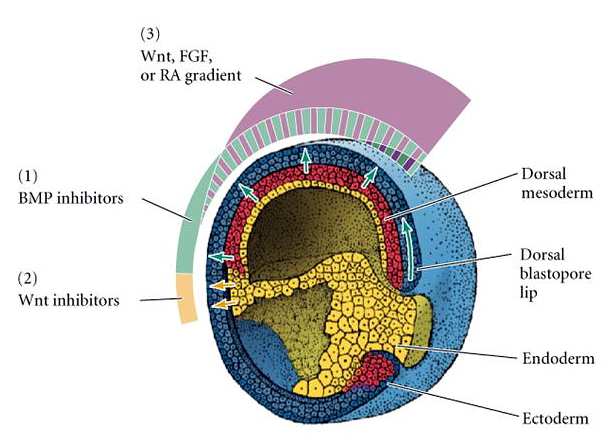
These varied forms of gastrulation and gut opening development can be set in a broader picture of how bilaterian development as a whole has developed. This conclusion is mainly based on the expression of the segment polarity gene orthologue wingless ( wg/Wnt1) that is used to homologize the position of the anus of arthropod embryos with that of onychophoran embryos. The authors argue that the posterior opening of the furrow does not form the anus, but that this opening disappears at some point during embryogenesis. It suggests further that the onychophoran anus forms posterior to the mouth–anus furrow. kanangrensis the mouth–anus furrow is initially continuous with the posterior pit, the blastopore sensu. A recent study by Eriksson & Tait, however, showed that in E. Most authors agree with the idea that the anus is formed from the posterior opening of the furrow. There is consensus about the position and origin of the onychophoran mouth it is believed to originate from the anterior part of the furrow, regardless of the furrow's nature. These diverging views are owing to different opinions on whether the furrow is involved in endoderm formation.

While some authors believe indeed that the so-called mouth–anus furrow represents the blastopore, others suggest that the pit posterior to the mouth–anus furrow represents the blastopore. The nature of the onychophoran blastopore is thus, despite several studies, still not fully resolved. After median closure, the remnants of this furrow give rise to mouth and anus. In other onychophorans, as for example in Euperipatoides kanangrensis, the model organism of this study, the blastopore is believed to first develop into one single opening, a slit-like furrow along the anterior–posterior axis. This developmental mode can also be observed in some onychophorans. As a probable adaptation to yolk-rich eggs, the arthropod mouth and anus often form secondarily after complete closure of the blastopore. Careful studies of early arthropod development, however, revealed that a number of arthropods undergo deuterostomic development. Because arthropods belong to the protostomes the blastopore should in theory only develop into the mouth. One such difference concerns the fate of the blastopore and the development of mouth and anus. Despite their close relationship to arthropods, the development of onychophorans is in some aspects crucially different from arthropod development. However, it is still the case that relatively little is known about onychophoran biology, including their development. Because of the phylogenetic position of the onychophorans at the base of the highly divergent arthropods, understanding of onychophoran development is critical for the unravelling of ancestral developmental traits of the common ancestor of onychophorans and arthropods. The phylum Onychophora is closely related to the Arthropoda. Rather, in line with other recent results, it suggests that ancestral bilaterian development was deuterostomic. The new data from the onychophorans thus remove one of the key pieces of evidence for the amphistomy theory. Onychophoran development therefore represents a case of ‘concealed’ deuterostomy.

Rather, the posterior pit appears to be the blastopore the posterior of the groove later fuses with it to form the definitive anus. Based on expression patterns of forkhead ( fkh), caudal ( cad), brachyury ( bra) and wingless ( wg/Wnt1), we show that this groove does not correspond to the blastopore, even though both the mouth and anus later develop from it. The interpretation of this structure has, however, proved problematic. One of the key pieces of evidence for this ‘amphistomy’ theory comes from the onychophorans, which form a clear ventral groove during gastrulation. In recent years, the idea that gastrulation primitively proceeded via the formation of a slit-like blastopore that then evolved into either protostomy or deuterostomy has gained renewed attention and some molecular developmental support. The ancestral states of bilaterian development, and which living groups have conserved them the most, has been a controversial topic in biology for well over a hundred years.


 0 kommentar(er)
0 kommentar(er)
